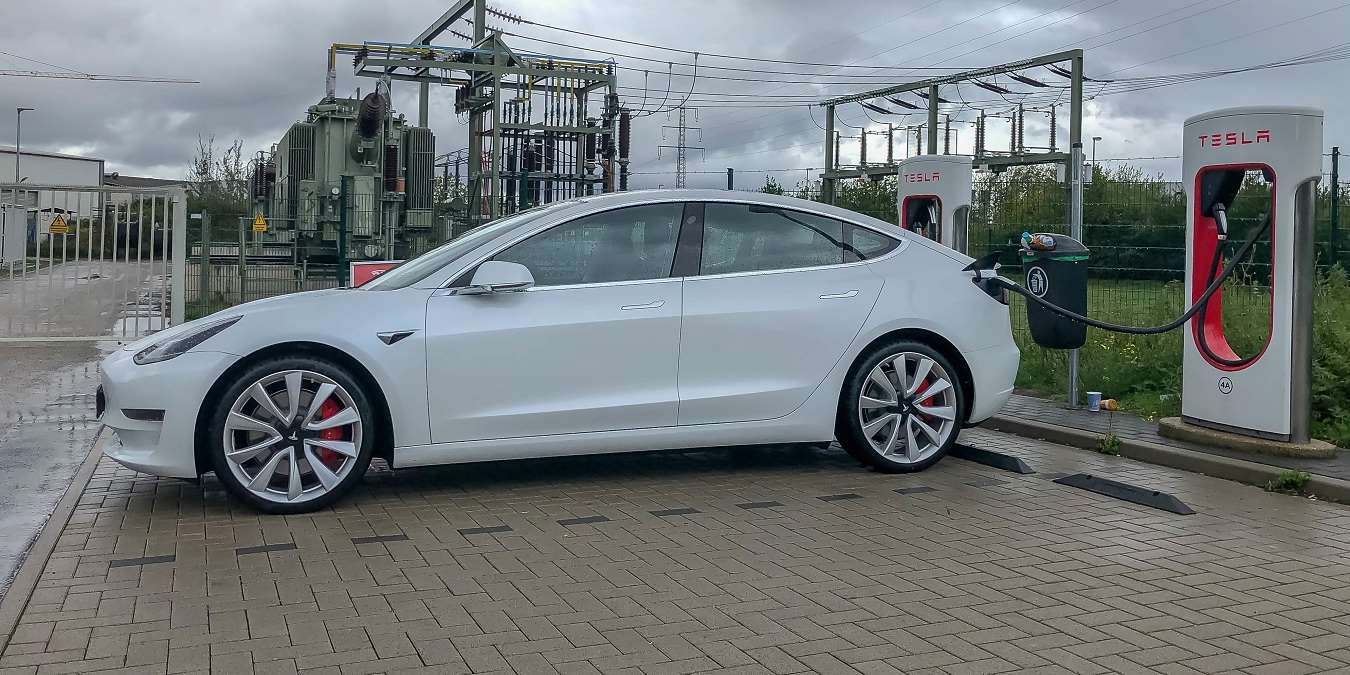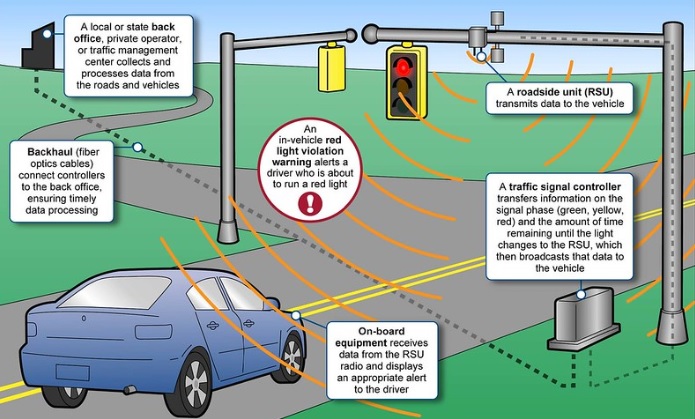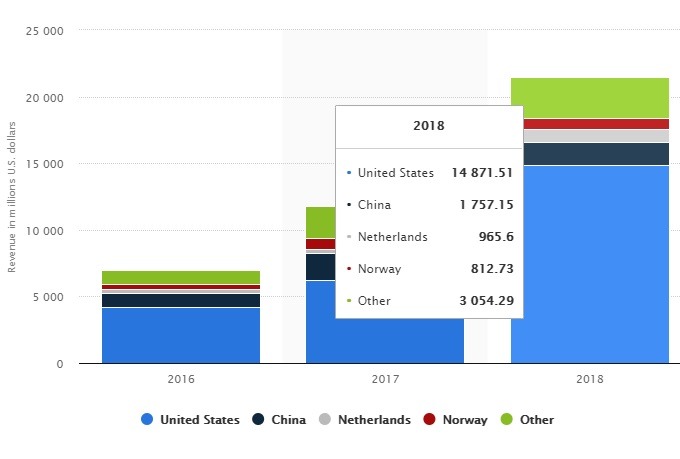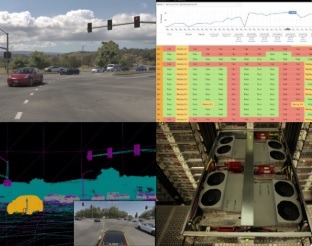
What do Herbie from The Love Bug and KITT from Knight Rider have in common? In both movies, the cars suddenly burst out talking. This leads to hilarious responses from the movie characters including amazement and disbelief.
It would appear that, in 2020, the idea of talking cars is no longer a wishful fantasy. Elon Musk recently gave a glimpse of such a self-aware supercomputer on wheels. And the Internet can’t have enough of it.
Clearly, fart humor never gets old when you want to drive home a point. The question is: what’s the real deal with Tesla?
Twitteratis are divided on this. Some believe that Musk might have hinted the whole thing as a joke or a publicity stunt.
However, there are strong indications that a talking car is very much on Tesla’s 2020 agenda.
Why the Sudden Need for Talking Cars?
Starting July 1, 2019, all new electric (EV) and hybrid vehicles (HEV) are required to comply with latest EU regulations on vehicle safety.
EV manufacturers like Tesla must now include safety devices in their automobiles called acoustic vehicle alerting system (AVAS). In layman’s language, AVAS compliant vehicles generate artificial sounds which will warn pedestrians about any approaching traffic.
There’s a reason such a regulation is needed: most electric vehicles are very silent. Although, that’s a feature we all love, it can be a real danger to the visually impaired and other vulnerable pedestrians.
How Will Talking Cars Shape Up in the EV Market?
According to above link, EV makers are working on a latest technology called Cooperative -Intelligent Transportation Systems (C-ITS). While we don’t know what will go behind Tesla’s ITS design, the following schematic is a typical example.

The success of an ITS network requires many components to work together.
Externally, there are roadside units which generate live traffic feeds to on-board vehicle equipment along with the presence of pedestrians. We might also see the use of 5G to transmit data back and forth between vehicles and traffic signal devices.
To wrap it up, there will be back offices or traffic control units to regulate the flow.
When Should We See Tesla Talking Cars on the Road?
The answer is: pretty soon. Across the pond in the US, the deadline for audio alerting compliance of electric and hybrid vehicles is September 2020.
Considering that an overwhelming majority of Tesla’s revenues is from the US, we therefore have a rough estimate of when the talking cars should hit the market this year. Note: keep in mind this is just our prediction for now.

There are other indications why Tesla might be quite serious about intelligent electric vehicles.
For one, Elon Musk himself has a keen interest in autonomous intelligent systems. He was a co-founder of OpenAI which is a leading consortium working on autonomous systems.
Although he quit OpenAI after Microsoft’s arrival on the scene, the company Tesla continues to be a pioneer in artificial intelligence, neural networks and big data technologies.

It’s currently working on an autopilot system with ambitious plans of having 1 million robo taxis in a year’s time. If things shape up just in time, we might see talking cars as a parallel outcome of Tesla’s other ventures.
Our Word
Tesla’s not the only one to have their designs on talking cars. Several leading hybrid and electric vehicle makers are experimenting with new possibilities.
For most drivers and pedestrians, it will be an entirely new experience to have a car talk back at you. Similar to those ’80s movie characters.
What might be interesting though are the inappropriate times when the cars talk back to you. While we’ve met many drivers expressing their anger on the road, are we ready for the machines to act rudely?
But, as we discussed here, it’s a safety regulation thing.
How useful you think these new breed of talking cars can be? Please let us know in the comments.
Image crredit: Supercharger charging station for electric cars







